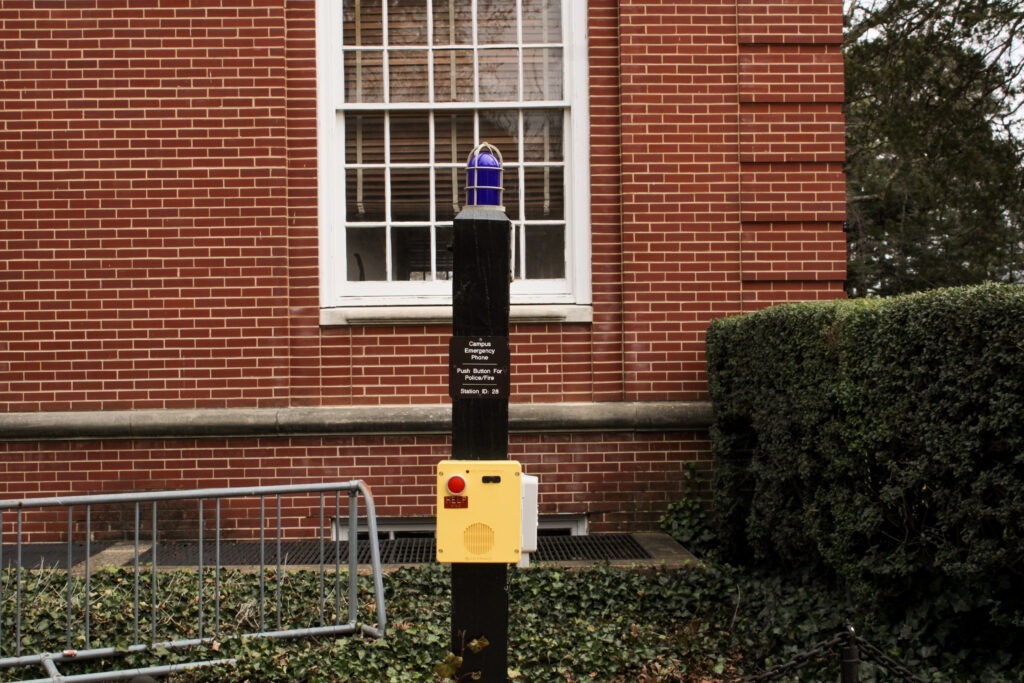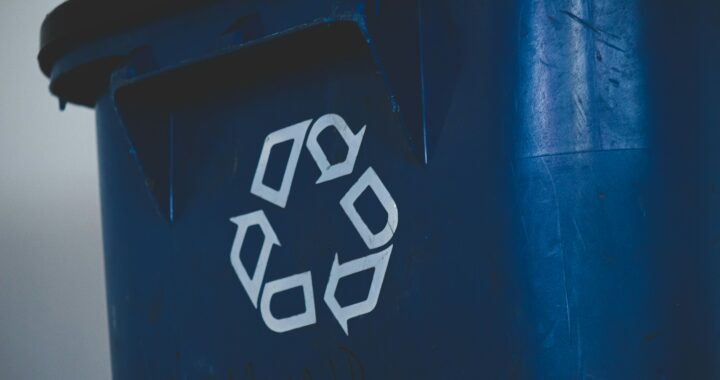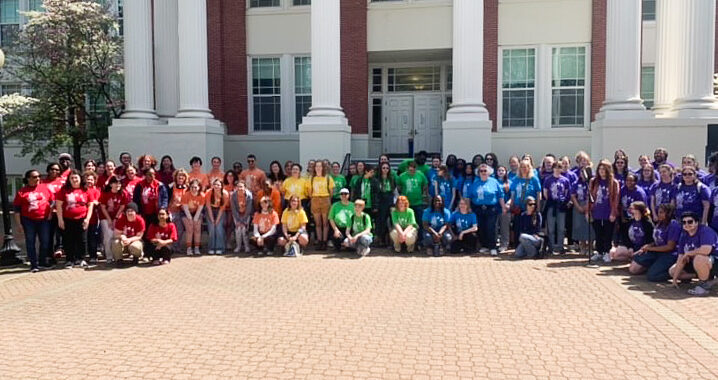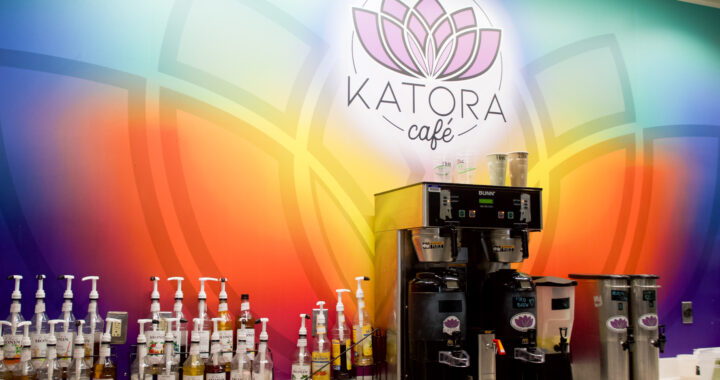Task force weighs cost and placement of emergency blue lights on campus
5 min read
A blue emergency light found on the front side of Bushnell Hall. | Matthew Simmons, The Blue & Gray Press
by ADAM COOPER
Staff Writer
In response to the high cost and important role the call boxes and lights are meant to serve, a blue light task force was established in the last two years to open dialogue, examine data and improve the system on campus.
Around the multiple UMW Campuses, there are 217 emergency call boxes, often referred to as blue lights. These boxes, spread out in places from parking lots to elevators, offer direct and instant communication to campus law enforcement.
According to UMW police Chief Michael Hall, even though these boxes are not cheap to operate — they retain a $25,000 operating cost — it’s hard to put a value on all the benefits the boxes provide for the campus community.
The task force, made up of members of the public safety team, Campus IT, students, staff and professors, looked at the blue lights and call boxes on campus to determine location and necessity.
“What prompted this task force was different schools across the nation were pulling them down, and I’m not in favor of completely abolishing them but at the same time, I looked to the community to tell me how many they need outside of what we normally see and how we could better meet the needs of our community,” said chief of UMW Police Michael Hall. “What that task force did was evaluate those areas and say, ‘hey we don’t need six blue lights in the Anderson Center parking lot, let’s take down two of those and repurpose them at another location where we don’t have any.’ The rule of thumb that I like to use is to be able to see a blue light, if I can see a blue light then I should be good.”
Hall recently sent the final version of the blue light task force report to President Troy Paino.
From 2014 to 2019, the blue lights were used 844 times, according to Hall. Out of those, only nine calls were placed due to a verified emergency situation, while 481 were verified fake calls and others were to test the system.
“You can’t quantify the investment easily in mechanisms like that, cameras on campus, the blue lights on campus, police officers walking the campus,” said Hall. “Is a criminal more likely to come to a campus that has a vibrant community interacting and walking with heads up paying attention to what’s going on, with security and police officers patrolling, good lighting, blue light systems properly located? All these factors put together create that atmosphere that says we don’t want crime here. Those are the factors that are hard to measure.“
Despite having the blue lights, the number of sexual assaults on campus has not decreased, according to a recent article from The Blue & Gray Press. From 2017 to 2019, forcible rape remained the third most common crime on campus, only behind drug and alcohol violations. There were 16 counts of forcible rape in 2017, 13 in 2018 and 16 in 2019, according to the 2020 security report. Because most of these crimes happen in residence halls, the blue lights are not accessible to these survivors when they need help.
Even in cases where intimidating situations happen outside, students often use other resources. When the trespassing man approached freshman Grace Sylvia outside of Willard Hall, she opted to call the campus non-emergency police even though she was outside, according to a recent article from The Blue & Gray Press.
While the blue lights aim to deter criminals and offer a sense of security, another resource is immediately available to all members of the campus community. The RAVE Guardian app is something Hall describes as a “blue light right in your hand you can have 24/7.”
In addition to the $25,000 a year spent on blue lights, the university spends about $10,000 on the RAVE Guardian app. However, less than 20 percent of the campus community has the app downloaded. The app functions similarly to the boxes, giving a quick way to contact law enforcement, but it also allows your friends to track you and ensure your safety.
While the blue light task force is working to establish a good number of call boxes in locations that make the most sense, students still have mixed feelings about the necessity and purpose of the system.
Daniel Rozzel, a senior business administration major, questions how useful the boxes would be in an urgent situation.
“To me, the blue boxes do not provide any extra degree of safety for myself. I feel as though if I was in a dangerous situation hitting the blue light and waiting in that location would be more dangerous if anything,” said Rozzel.
While the boxes range in age from older models featuring only the button and microphone to new models with built-in security cameras, the main function stays the same: to keep students safe and to deter crime.
Many of the boxes are in desolate areas and may look forgotten, but each box is checked for functionality and accessibility every semester to ensure that if it is needed it will function properly, according to Hall.
In addition to a physical check and test of each box to ensure the light can be seen clearly and the area surrounding the box is not overgrown, a system constantly monitors connections to each box. The system issues a notification if a box loses connection or goes offline so it can be repaired quickly.
While Rozzel doesn’t feel as though the boxes would provide immediate aid, he does believe they should stay on campus as an extra means of informing the police a crime has occurred.
“I think that they are still necessary because it is still better to know a situation has occurred. I don’t think they add any level of safety to a situation as it occurs but it can definitely serve as a means of informing police that something has happened,” he said.
Liam Kirkpatrick, a junior art history major, believes there should be more blue lights and call boxes in some places.
“I wish they were even more prominent because there’s definitely some empty spaces in the campus where I notice I go for a while without seeing a box and that’s mostly around the construction area,” said Kirkpatrick. “I’m in the fencing club so I tend to walk home by myself at night and I do have a tendency to kind of walk from one box to another because in the event someone does show up I can press the box.”











